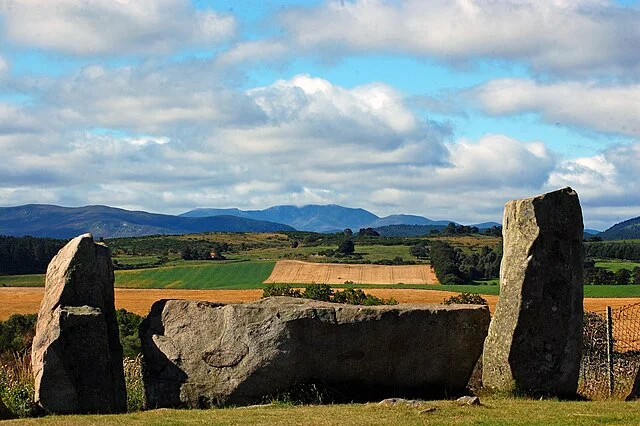Tomnaverie Stone Circle is a recumbent stone circle located near Tarland in Aberdeenshire, Scotland. It dates to the late Neolithic period, around 2500 BC. Recumbent stone circles are unique to northeast Scotland and are characterized by a large, flat stone laid on its side, known as the recumbent. Tomnaverie is one of the better-preserved examples of this type of prehistoric monument.
Get your dose of History via Email
Location and Structure
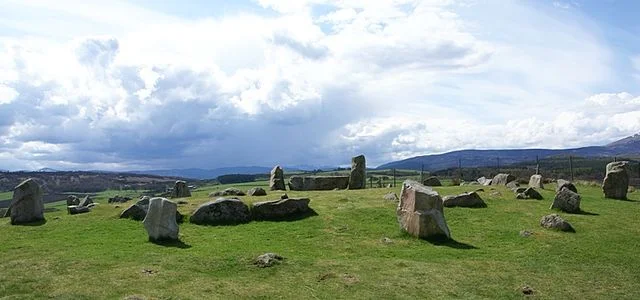
Tomnaverie sits on a low hill, offering a clear view of the surrounding landscape, including Mount Keen. The circle originally consisted of a recumbent stone and flankers, as well as smaller upright stones forming the circle itself. The stones are local granite, which is typical of recumbent circles in the region. The recumbent stone is approximately 3.8 meters in length and weighs several tons.
Purpose and Significance
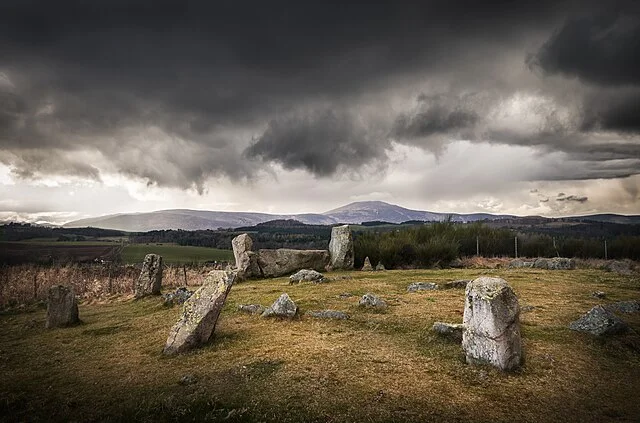
Archaeologists believe recumbent stone circles like Tomnaverie had ceremonial or ritual purposes. The recumbent stone and its positioning with flankers likely had an astronomical significance. Some theories suggest the recumbent may align with the moon’s cycles or solstices. Its placement facing southwest suggests a connection to the setting sun during key seasonal events.
Excavations and Restoration
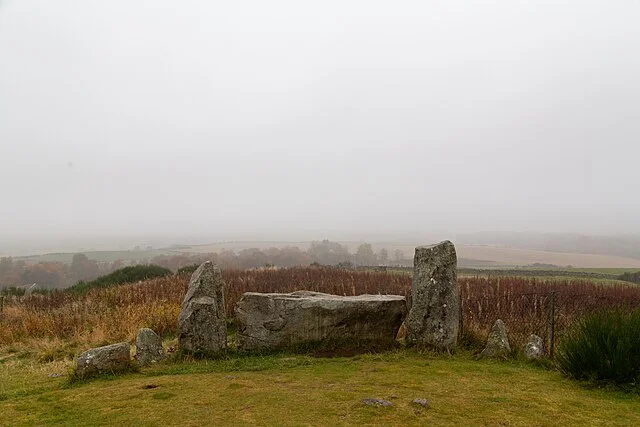
The site was first excavated in 1929 by Vere Gordon Childe, a renowned archaeologist of the time. His work revealed that the site had been altered over the centuries. A burial cairn had been built within the circle, likely during the Bronze Age, around 2000 BC. Childe’s excavation also uncovered pottery and flint tools, suggesting the site had been used for various purposes over its history.
In the 1990s, Tomnaverie was restored by Historic Scotland to more closely resemble its original form. Some of the stones, which had fallen or been moved, were returned to their positions. This restoration was based on careful study and comparison with other recumbent stone circles in the region.
Astronomical and Cultural Context
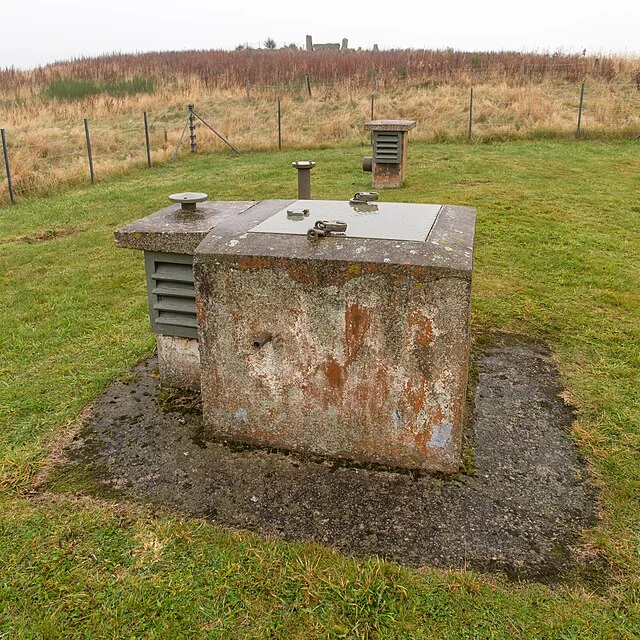
The alignment of Tomnaverie’s stones has led researchers to examine its potential use as an astronomical calendar. Many similar sites in Scotland and Ireland have connections to celestial events. While this theory is debated, it remains a possibility that the recumbent stones may have framed particular events on the horizon, such as the moon’s major standstill or key solar dates.
Beyond its potential as an observatory, the stone circle was likely a focal point for community gatherings. The people of the late Neolithic period often built such monuments in prominent locations, possibly for religious or social ceremonies.
Tomnaverie in Modern Research
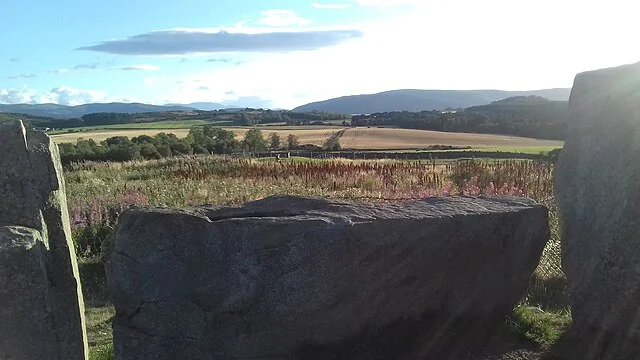
Tomnaverie is one of the best examples of recumbent stone circles and continues to attract interest from archaeologists. Its structure provides valuable insight into the practices and beliefs of Scotland’s prehistoric people. Modern techniques, including geophysical surveys, have been employed to further investigate the site. These studies aim to uncover more about its construction and use over time.
Conclusion
Tomnaverie Stone Circle remains a significant archaeological site, offering insight into Scotland’s ancient past. Its connection to both astronomical phenomena and ceremonial practices makes it a key location for understanding Neolithic society. Through careful excavation and preservation, it continues to contribute to our understanding of prehistoric monuments in the British Isles.
Source:

